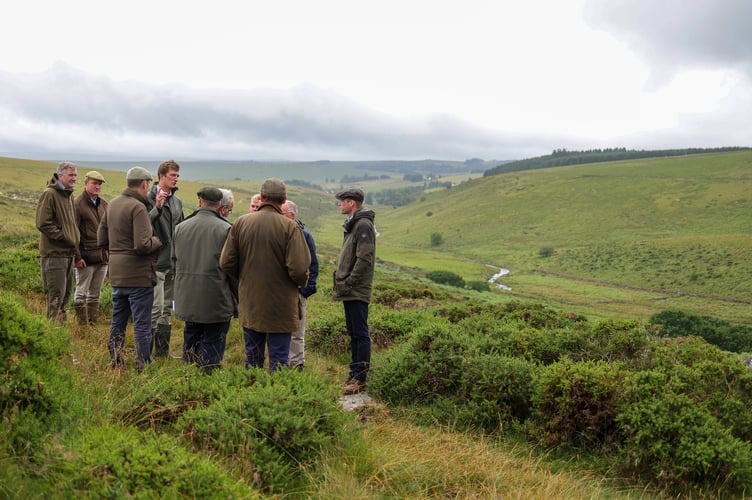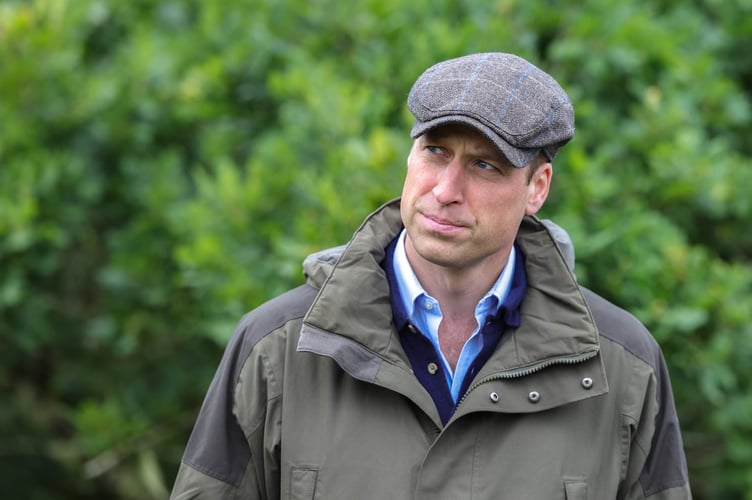WISTMAN'S Wood received a royal reception this week after Prince William visited the ancient woodland to learn more about its past and future.
The Prince’s visit follows the recent plans announced by the Duchy of Cornwall to regenerate and expand the woodland, doubling its size by 2040.
The Duchy of Cornwall has now been working with its agricultural tenants, Natural England and the Dartmoor National Park Authority for over two years, to develop a plan to expand Wistman’s Wood to bring about its increased resilience.

Wistman’s Wood is an ancient oak woodland which covers over three hectares of the Dart Valley on Dartmoor.
Famous in its own right, Wistman’s Woods is a National Nature Reserve, a Site of Special Scientific Interest (SSSI) and a Special Area of Conservation, in recognition of its significance for nature conservation. It is often referred to as one of the South West’s last remaining examples of temperate rainforest.

Temperate rainforests are even rarer than tropical rainforests. Although they once covered a fifth of the UK, all along the west coast of Britain, the habitat was largely farmed and grazed out of existence over thousands of years. Temperate rainforests now cover just 1% of the country.
But these vanishingly rare habitats are some of the most biodiverse areas in Europe, and the development and growth of temperate rainforests is fundamental for nature’s recovery, stopping climate change and adapting to its impacts.

The regeneration and expansion plans are part of The Duchy of Cornwall’s vision of Sustainable Stewardship – for Communities, Enterprise and Nature.
Encompassing much of Dartmoor National Park, the Dutchy Estate has been and will continue to work to achieve its sustainability goal of a net zero and nature-rich Estate with farming playing an instrumental role in the delivery, driven forward by Prince William.
Other sustainability projects on Dartmoor include a Curlew Recovery Project; a conservation initiative to protect and enhance the number of Curlew on Dartmoor; and the Hay Meadow Restoration Project, where the Duchy is recreating flower rich, traditional hay meadow grassland.
In addition, the Duchy is working in partnership with the South West Peatland Partnership to help deliver 800 hectares of peatland restoration which has multiple benefits for carbon storage, biodiversity, water quality and flow.




